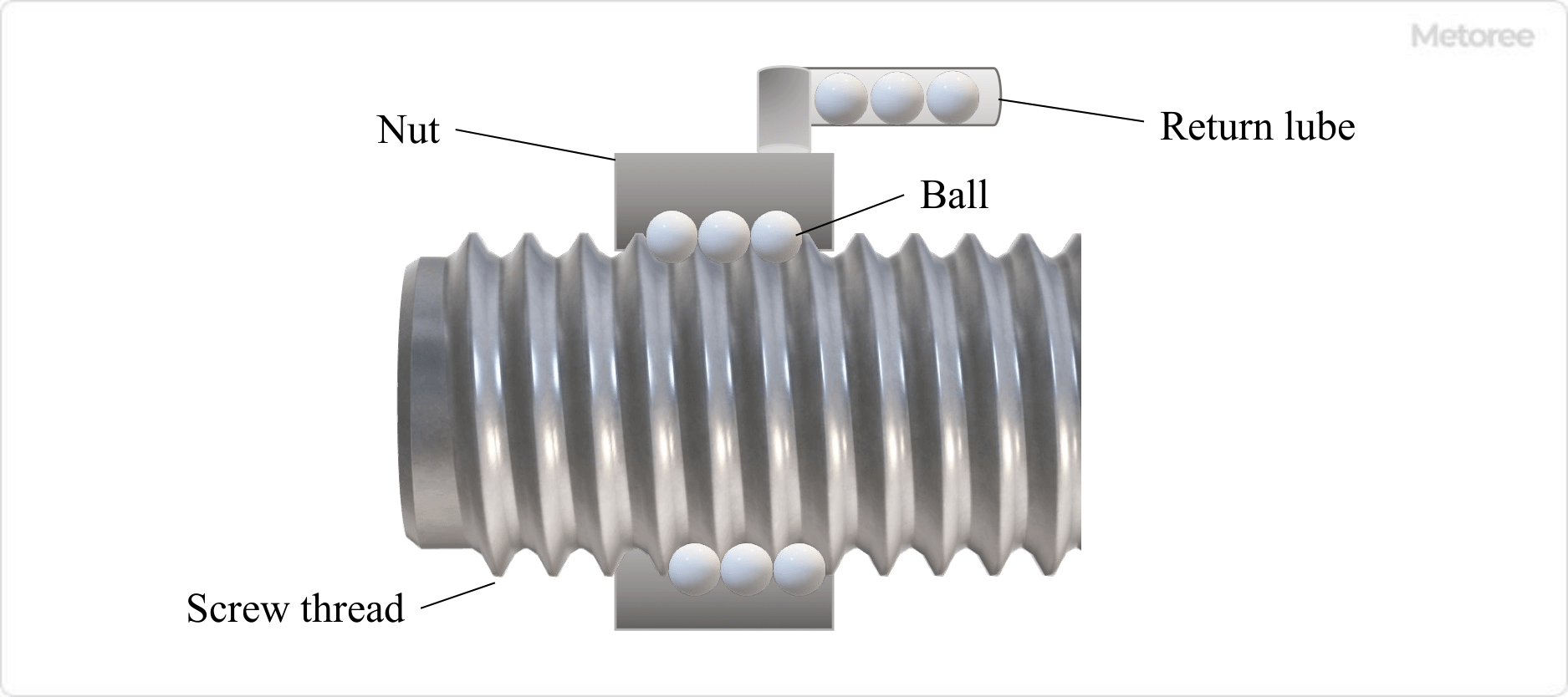What Is an Audio Transformer?
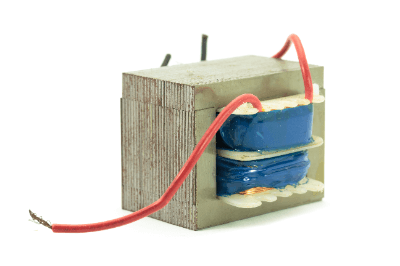
Audio transformers are transformers used to amplify sound in audio equipment.
They are generally part of the output module of an amplifier and perform the necessary conversion and filtering of the amplifier’s output signal before sending it to the speakers. Many products are available that minimize the effects of noise and other electromagnetic fields.
For this reason, they are often used to transmit micro-analog signals over long distances, such as microphone signals.
Uses of Audio Transformers
Audio transformers are used to enhance audio equipment. They are used at the input of amplifier equipment and are sometimes used to amplify audio signals. Especially in single-ended amplifiers and push-pull amplifiers, the choice of audio transformer has a significant impact on sound quality.
Selecting the appropriate transformer can improve the clarity and balance of the sound. They are also used to send the amplifier’s output signal to the speakers.
Audio transformers are placed between the power supply, output stage circuitry, and the speaker, and perform conversion and filtering of the output signal. They improve the efficiency and accuracy of the speaker and make the sound texture more realistic.
Audio transformers are sometimes used in amplifier circuits for filtering and impedance matching. They also contribute to signal stability and sound quality, especially in buffer amplifiers and microphone amplifiers.
Principle of Audio Transformers
A transformer is a device for transmitting electric power through a magnetic circuit, and power is transmitted through the magnetic coupling of two coils. Audio transformers are used to transmit audio signals.
In audio transformers, the audio signal is input to the input coil and the transformed signal is output from the output coil. As the audio signal passes through the input coil, it generates a magnetic flux in the coil. When this magnetic flux reaches the output coil, it is converted back into an electrical signal.
In audio transformers, the magnetic properties of the components play an important role. In particular, the quality of the transformer core material and windings affects the sound quality. Additionally, transformer windings can achieve higher-quality audio signal conversion by properly designing their inductance and capacitance.
Types of Audio Transformers
There are various types of audio transformers, each of which is used for different applications depending on its characteristics. The following are examples of typical audio transformers:
1. Output Transformer
Output transformers are used in the output stage of amplifiers to send high-voltage or high-current signals to speakers. Most transformers are large and have high output power.
2. Input Transformer
These are used in the input stage of an amplifier to amplify low-level signals. They are often made of high-quality materials to ensure clear transmission of audio signals.
3. Matching Transformer
Connected between the input and output transformers, matching transformers provide proper impedance matching. They are used to improve signal transmission quality and reduce noise and distortion.
4. AC Power Transformer
AC power transformers are used to supply power to amplifiers. They are installed to remove noise and other interference from the AC power supply, improving the quality of the power supplied to the amplifier.
5. Plug-in Transformer
Plug-in transformers are used for wiring audio transformers. They are typically small and inexpensive and are used in a wide range of applications.
How to Select an Audio Transformer
When selecting an audio transformer, consider the application, impedance, quality, and size.
First, the type of audio transformer is selected based on the application. When selecting an output or input transformer, the transformer impedance must match the impedance of the amplifier’s output and input stages.
In addition, careful attention should be paid to the quality of the selection. Selecting a product that uses high-quality materials and technology will improve sound quality.
Size and shape are also influential factors. If a smaller size is required or a special shape is needed, an appropriate transformer should be selected.

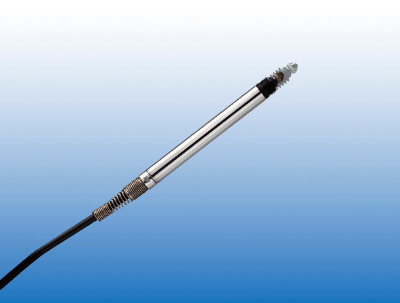 Displacement sensors are sensing devices that measure the thickness and height of the object itself.
Displacement sensors are sensing devices that measure the thickness and height of the object itself. A circuit protector is a power disconnect device for instrumentation. The word “circuit” refers to an electric circuit. Therefore, the literal translation of circuit protector is “electric circuit protector,” and it is used for this purpose.
A circuit protector is a power disconnect device for instrumentation. The word “circuit” refers to an electric circuit. Therefore, the literal translation of circuit protector is “electric circuit protector,” and it is used for this purpose.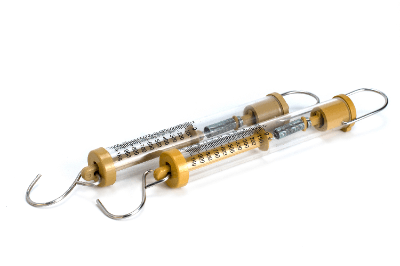

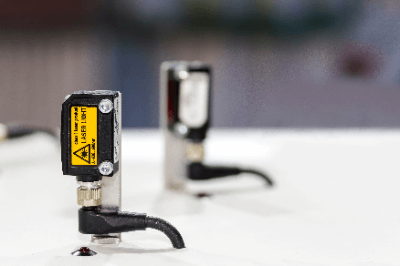 A laser sensor is a non-contact type of sensing device that uses a laser to measure the distance between the object to be measured and the sensor, as well as the thickness and height of the object itself.
A laser sensor is a non-contact type of sensing device that uses a laser to measure the distance between the object to be measured and the sensor, as well as the thickness and height of the object itself.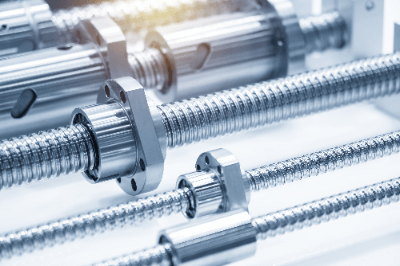 A ball screw is a type of feed screw that converts rotational motion into linear motion to move the position of a component. The screw shaft and nut are actuated by a ball. As the screw shaft and nut rotate relative to each other, the balls roll in an endless cycle. The sliding resistance between the screw and nut is much lower than that of conventional trapezoidal screws.
A ball screw is a type of feed screw that converts rotational motion into linear motion to move the position of a component. The screw shaft and nut are actuated by a ball. As the screw shaft and nut rotate relative to each other, the balls roll in an endless cycle. The sliding resistance between the screw and nut is much lower than that of conventional trapezoidal screws.